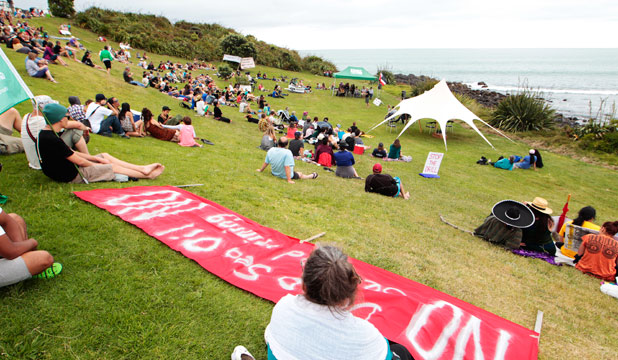http://www.huffingtonpost.com/2013/11/20/fracking-campaign-contributions_n_4311016.html
The Huffington Post | By Jared Gilmour
Posted: 11/20/2013 4:21 pm EST | Updated: 11/20/2013 6:45 pm EST
Fracking industry contributions to congressional campaigns spiked 231 percent between 2004 and 2012 in districts and states with fracking activity, according to a report released Wednesday.
Compiled by Citizens for Responsibility and Ethics in Washington and based on MapLight’s collection of federal campaign contribution data, the report showed a smaller, 131-percent uptick in fracking industry contributions to candidates outside of fracking areas. The fracking industry’s level of contributions increased steadily from $4.3 million to just under $12 million between 2004 and 2012, according to the report, just as fracking’s importance to the U.S. energy industry grew.
“Like many industries under increasing scrutiny, the fracking industry has responded by ratcheting up campaign donations to help make new friends in Congress,” CREW Executive Director Melanie Sloan said in a statement.
Fracking, or hydraulic fracturing, is the controversial process of injecting water, sand and chemicals into oil and gas wells to unlock fossil fuels trapped in layers of rock. The process has revolutionized oil and gas production in the U.S., but faces strong criticism from environmentalists, who worry the chemicals used in fracking could harm the environment.
Rep. Joe Barton (R-Texas) received the most in contributions, the report found, raking in $509,447 between the 2004 and 2012 elections. Barton is a former chairman of the House Energy and Commerce Committee.
During his tenure as chairman of the committee, Barton was a sponsor of the Energy Policy Act of 2005, according to the CREW report. The act exempted fracking from federal oversight under the 1974 Safe Drinking Water Act.
Minority Leader Mitch McConnell (R-Ky.) was another major recipient of fracking money, with $384,700 in contributions in the 2004-2012 period.
Republican congressional candidates benefited most from the fracking industry’s largesse, the CREW report showed, garnering almost 80 percent of total contributions.
Special thanks to Richard Charter

